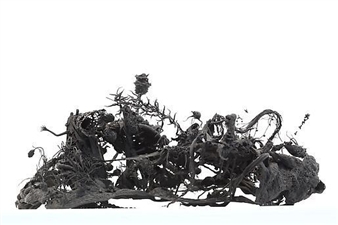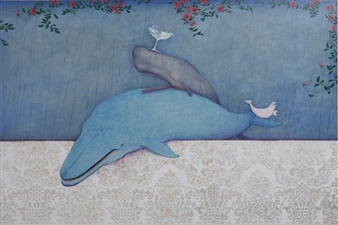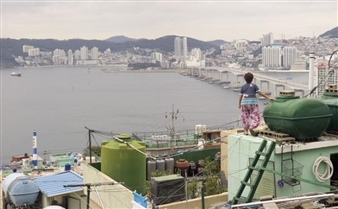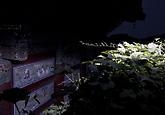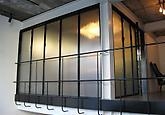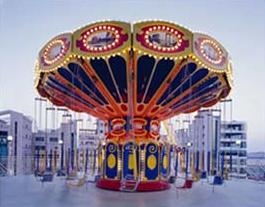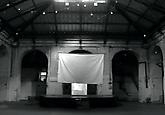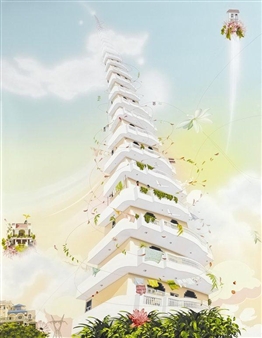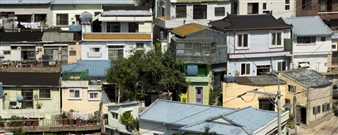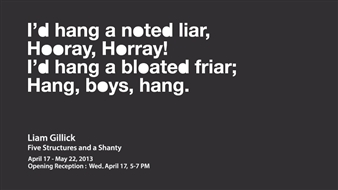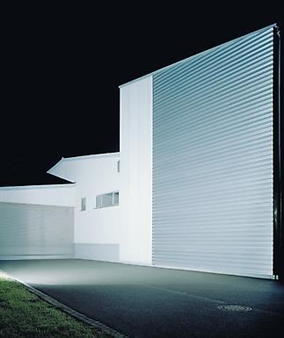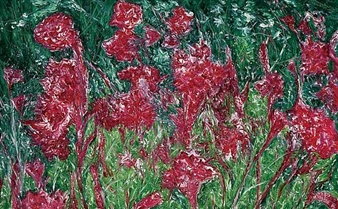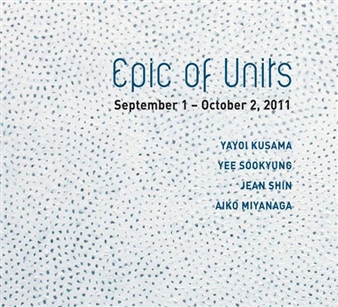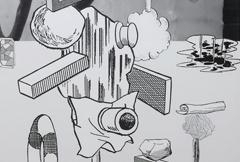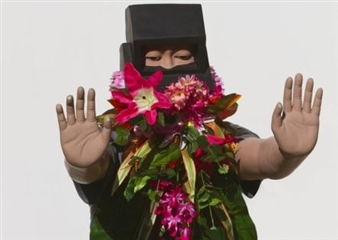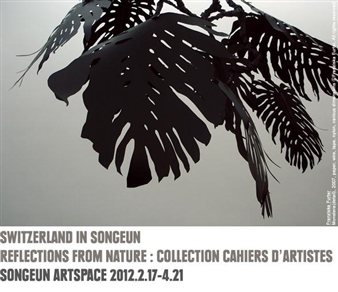Dissipative Landscapes
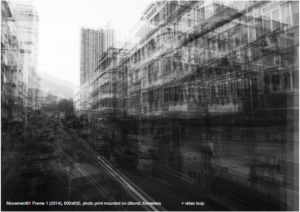
Galerie GAIA, Seoul-t'ukpyolsi, Seoul, 11/25/2015 - 12/01/2015
57-1 Insadong-gil, Jongno-gu, Seoul
The exhibition presents selected instances from Josef Bares’ Movement Series, an ongoing line of work investigating the experience of moving along transport routes in and between cities.
In thermodynamics, a dissipative process is a process which energy is transformed from an initial form to a final form, where the capacity of the final form to do mechanical work is less than that of the initial form. In other words, it is an entropy-producing process. Imagine a waterfall which produces a spectacular view and sonic experience and as a result makes the water slow down.
Josef Bares’ work addresses dissipation in the realm of the visible. Same as a water flow or electric current, perception is a never ending and unstoppable process. As long as we are alive, innumerable images continuously appear on our retina. They overlap and mix in our mind, forming into our lived experience. And while memories and dreams can be vivid and life-like, they can never be reversed in order to completely recreate a situation that has once happened before.
Josef Bares captures brief passing moments we all experience on our daily journeys. We move together in busses, trains, cars or planes. More or less often, each of us glimpses out of the window and his eye catches a fragment of the landscape passing by outside. In Movement Series, some of these fragments are recorded and serve as a starting point for of a long process of adjustments and reductions until a very concise and dense moving image emerges.
The length of the presented moving image approaches zero, and this fact is highlighted by the exhibition of prints that show each individual frame of a given video. The display of prints completes the iterative process where photographs documenting a real life movement have been reassembled into a representation of this movement (video loop) that is then used as a starting point for a second-order signification process materialized in the display of each individual frame of the aforementioned video loop.
Within the social context, the aim to create very short moving image works is a reflection of the changing modes of visual consumption resulting in a shortening of the average attention span. Even in a gallery, visitors spend at best a tens of seconds on average in front of an artwork and on our commutes and travels, our attention is even more distributed and scattered. By creating video and print works which are very complex, yet very short (with a length approaching zero), Josef Bares addresses the current socioeconomic trends leading towards a specific economy of attention.
For More Information